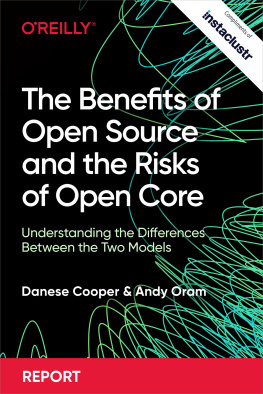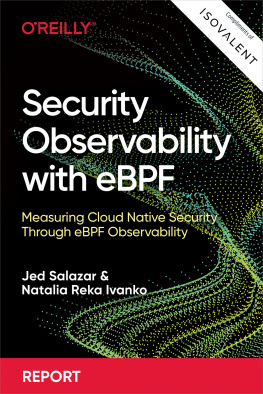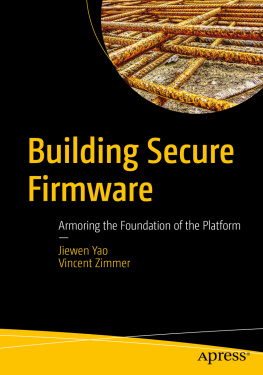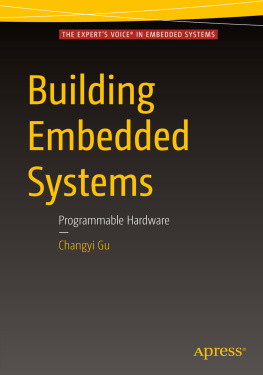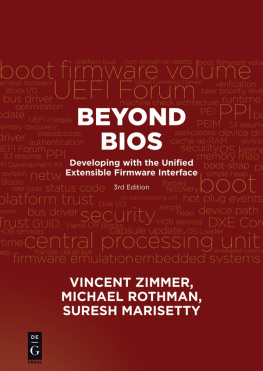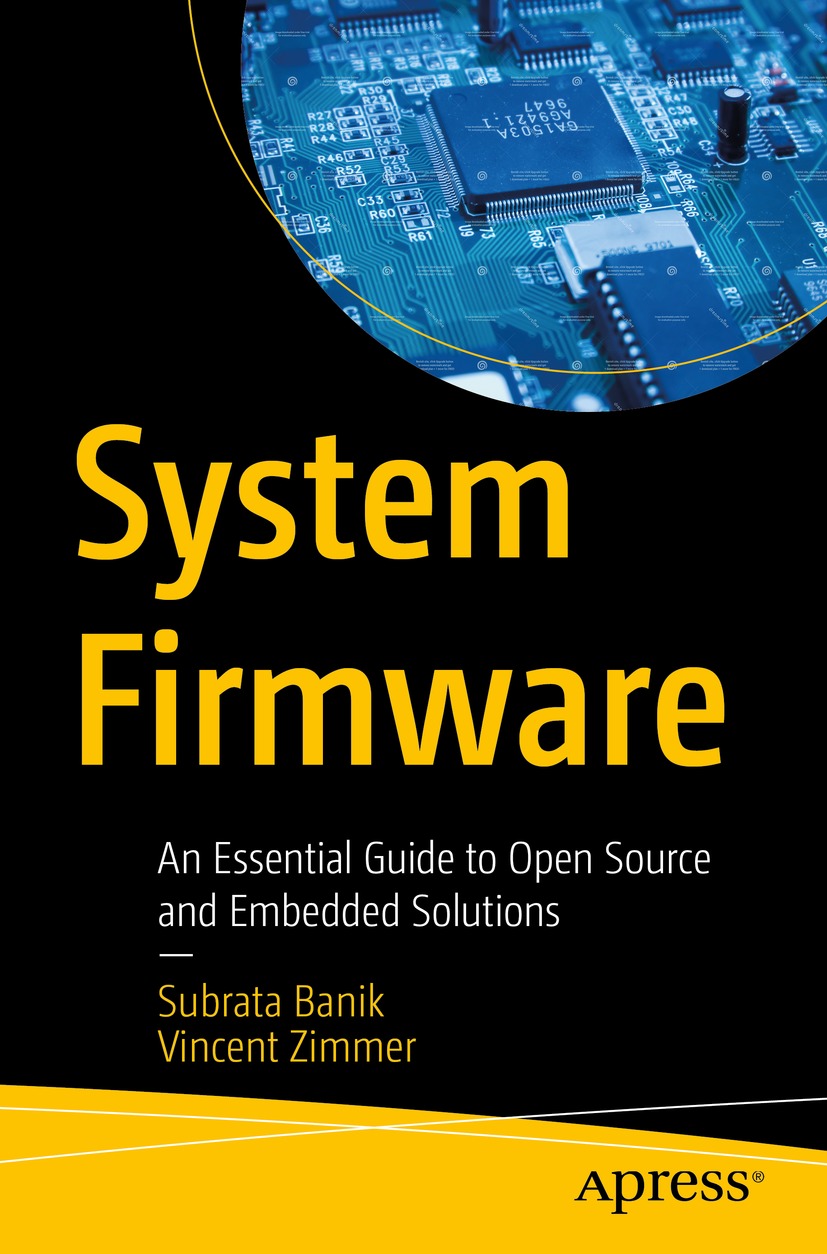Subrata Banik - System Firmware: An Essential Guide to Open Source and Embedded Solutions
Here you can read online Subrata Banik - System Firmware: An Essential Guide to Open Source and Embedded Solutions full text of the book (entire story) in english for free. Download pdf and epub, get meaning, cover and reviews about this ebook. year: 2022, publisher: Apress, genre: Computer. Description of the work, (preface) as well as reviews are available. Best literature library LitArk.com created for fans of good reading and offers a wide selection of genres:
Romance novel
Science fiction
Adventure
Detective
Science
History
Home and family
Prose
Art
Politics
Computer
Non-fiction
Religion
Business
Children
Humor
Choose a favorite category and find really read worthwhile books. Enjoy immersion in the world of imagination, feel the emotions of the characters or learn something new for yourself, make an fascinating discovery.
- Book:System Firmware: An Essential Guide to Open Source and Embedded Solutions
- Author:
- Publisher:Apress
- Genre:
- Year:2022
- Rating:3 / 5
- Favourites:Add to favourites
- Your mark:
System Firmware: An Essential Guide to Open Source and Embedded Solutions: summary, description and annotation
We offer to read an annotation, description, summary or preface (depends on what the author of the book "System Firmware: An Essential Guide to Open Source and Embedded Solutions" wrote himself). If you haven't found the necessary information about the book — write in the comments, we will try to find it.
Find the right bootloader solution or combination of firmware required to boot a platform considering its security, product features, and optimized boot solutions. This book covers system boot firmware, focusing on real-world firmware migration from closed source to open source adaptation.
The book provides an architectural overview of popular boot firmware. This includes both closed sourced and/or open source in nature, such as Unified Extensible Firmware Interface (UEFI), coreboot, and Slim Bootloader and their applicable market segments based on product development and deployment requirements.
Traditional system firmware is often complex and closed sourced whereas modern firmware is still a kind of hybrid between closed and open source. But what might a future firmware model look like? The most simplistic boot firmware solution uses open source firmware development. This bookhelps you decide how to choose the right boot firmware for your products and develop your own boot firmware using open source. Coverage includes:- Why open source firmware is used over closed source
- The pros and cons of closed and open source firmware
- A hybrid work model: for faster bring-up activity using closed source, binary integrated with open source firmware
What You Will Learn
- Understand the architecture of standard and popular boot firmware
- Pick the correct bootloader for your required target hardware
- Design a hybrid workflow model for the latest chipset platform
- Understand popular payload architectures and offerings for embedded systems
- Select the right payload for your bootloader solution to boot to the operating system
- Optimize the system firmware boot time based on your target hardware requirement
- Know the product development cycle using open source firmware development
Who This Book Is For
Embedded firmware and software engineers migrating the product development from closed source firmware to open source firmware for product adaptation needs as well as engineers working for open source firmware development. A secondary audience includes engineers working on various bootloaders such as open source firmware, UEFI, and Slim Bootloader development, as well as undergraduate and graduate students working on developing firmware skill sets.
Subrata Banik: author's other books
Who wrote System Firmware: An Essential Guide to Open Source and Embedded Solutions? Find out the surname, the name of the author of the book and a list of all author's works by series.



